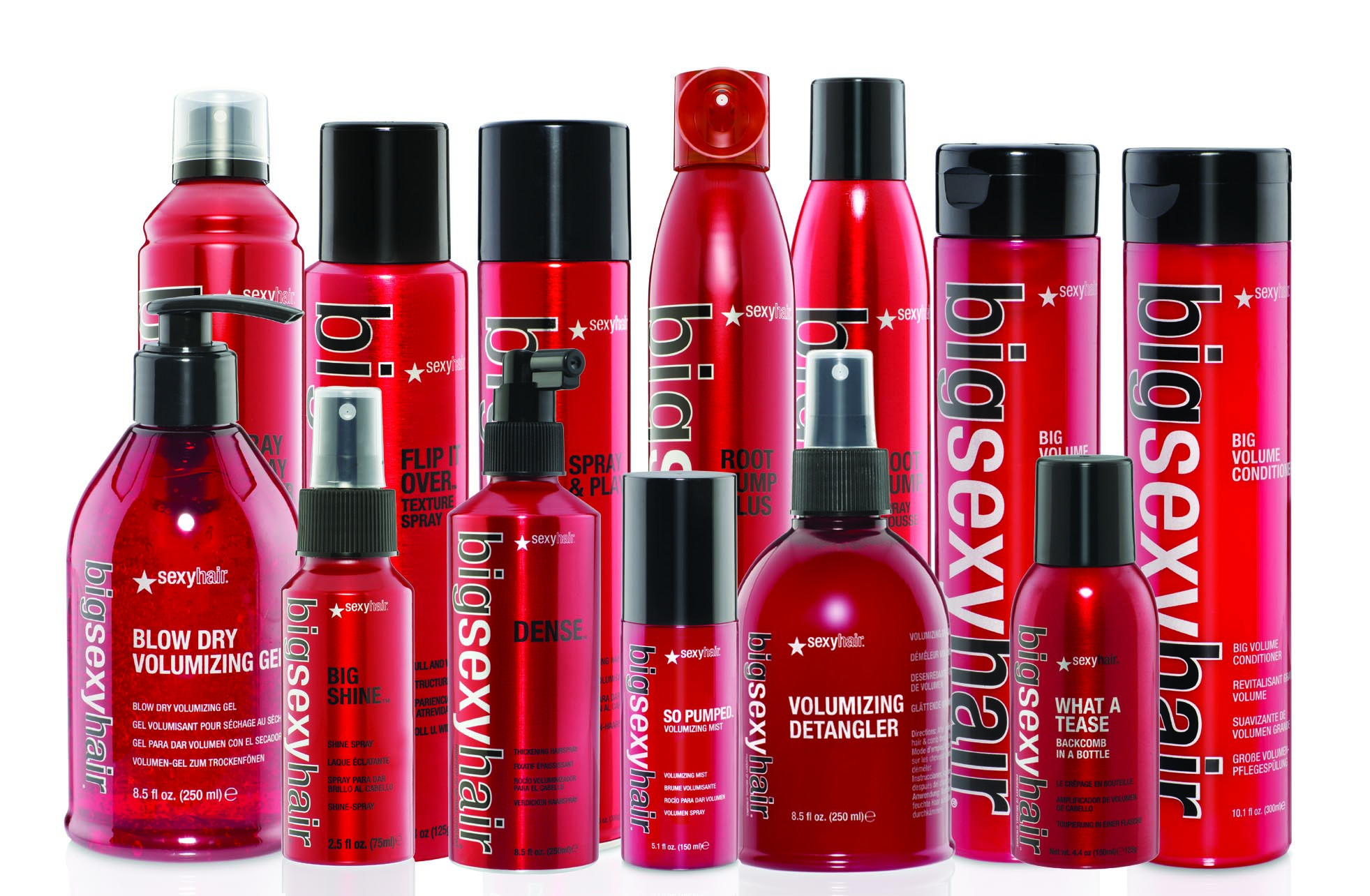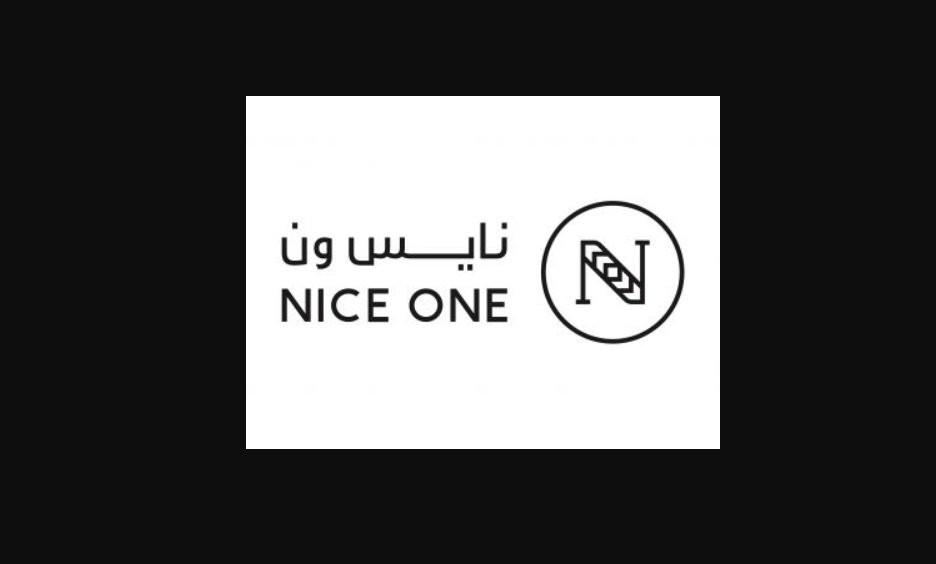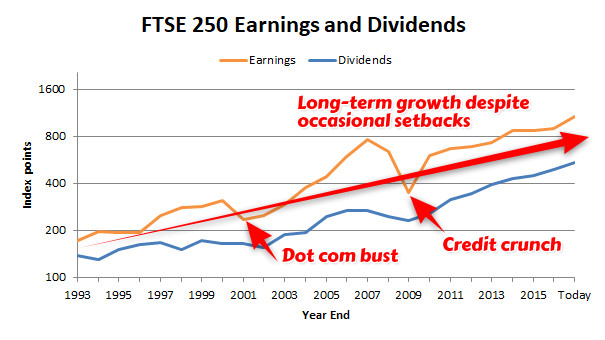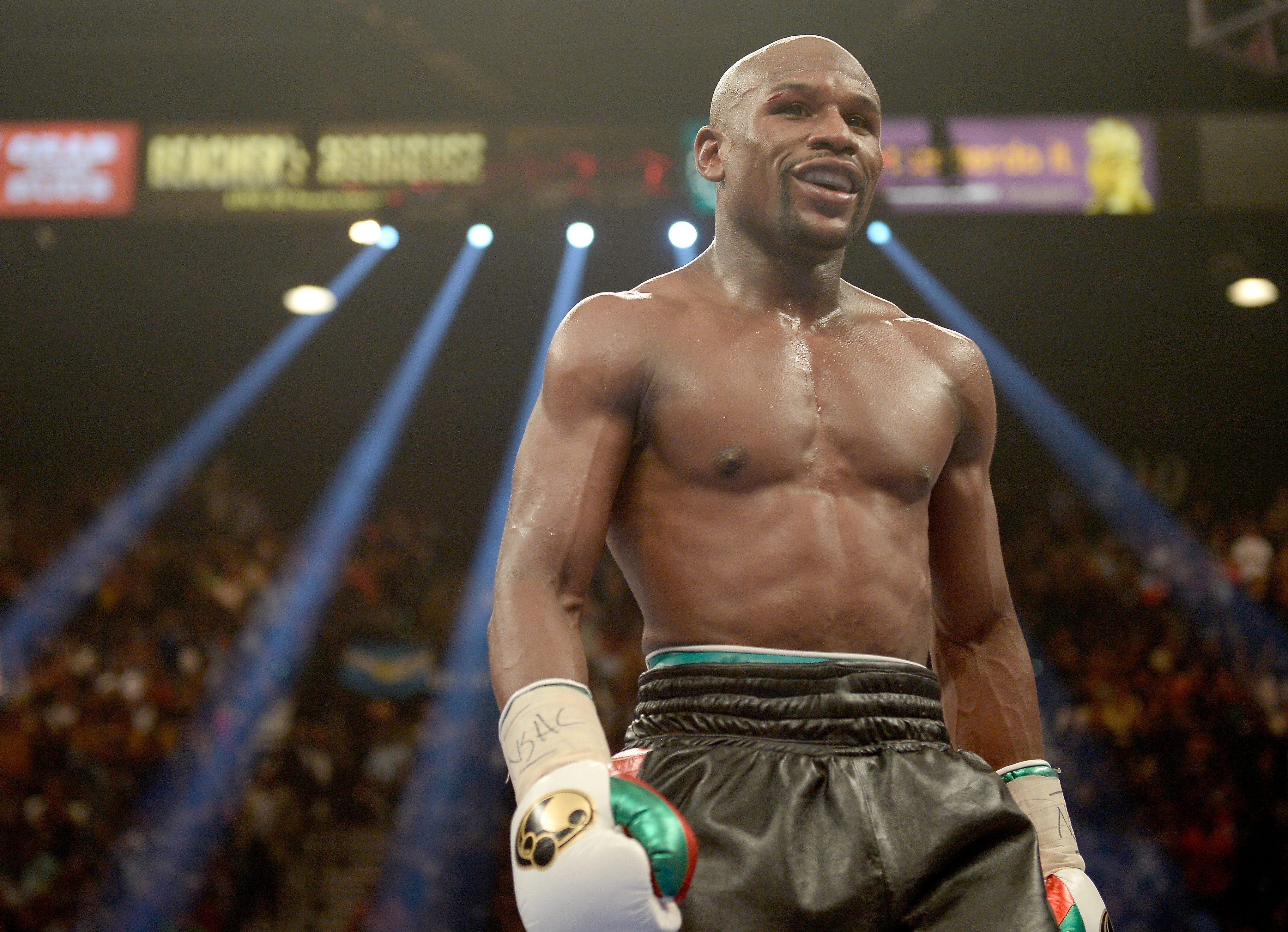The Rise of the Hair Styling Products Market: A Trend-Driven Phenomenon
The global hair styling products market is witnessing a remarkable surge, driven by a confluence of factors that are shaping the way we approach personal grooming. From innovative styling tools to a wide array of hair care products, consumers are increasingly investing in enhancing their appearance and embracing their individual styles. This trend is creating a lucrative landscape for manufacturers and retailers alike, as they strive to cater to the diverse needs and aspirations of a discerning clientele.
Factors Fueling the Market's Momentum
The hair styling products market is experiencing a surge in demand, propelled by a multitude of factors, including:
The Rise of the DIY Hair Care Movement
The pandemic played a significant role in accelerating the DIY hair care movement, as lockdowns and social distancing measures limited access to professional salons. This shift towards at-home styling solutions has opened new avenues for the hair styling products market. Consumers are now actively seeking products that offer salon-quality results in the comfort of their homes, creating a demand for high-performance styling tools and innovative hair care formulations.
Changing Consumer Preferences: A Focus on Individuality
Modern consumers are embracing individuality and seeking out products that empower them to express their unique styles. This trend is reflected in the increasing popularity of natural and organic hair care products, as well as the rise of gender-neutral styling options. The market is also witnessing a growing demand for products designed to cater to diverse hair types, textures, and ethnicities.
The Power of Social Media and Influencer Marketing
Social media platforms have become a significant force in shaping consumer preferences and driving trends in the beauty industry. Influencers and beauty bloggers play a crucial role in promoting new products and styling techniques, creating a buzz around specific brands and products. This digital marketing strategy is driving the demand for innovative and aesthetically appealing hair styling products.
The Pursuit of a “Salon-Quality” Look
Consumers are increasingly seeking products that deliver salon-quality results at home. This has led to a rise in the demand for high-performance styling tools, such as curling irons, flat irons, and hair dryers, as well as premium hair care products that offer advanced benefits, such as heat protection, moisture retention, and color protection.
Segmentation and Key Product Categories
The hair styling products market can be segmented into various categories, each catering to specific styling needs and preferences. Some of the key categories include:
- Hair styling tools: This category encompasses a wide range of products, including curling irons, flat irons, hair dryers, hot air brushes, and hair straighteners. Technological advancements in this sector have led to the development of innovative products with advanced features, such as temperature control, ceramic plates, and ionic technology.
- Hair styling products: This category includes a vast array of products designed to enhance hair texture, hold hairstyles, and provide finishing touches. This includes hairspray, mousse, gel, wax, pomade, and hair oil. The market is witnessing a trend towards natural and organic formulations, as consumers seek products that are gentler on their hair and the environment.
- Hair care products: This category encompasses a wide range of products designed to cleanse, condition, and treat hair. It includes shampoos, conditioners, hair masks, and serums. The market is witnessing a surge in demand for products that address specific hair concerns, such as dry hair, damaged hair, and hair loss.
Key Players Shaping the Market Landscape
The hair styling products market is a highly competitive landscape with a multitude of established brands and emerging players vying for market share. Some of the key players in the global market include:
- L'Oréal: A global leader in the beauty industry, L'Oréal has a diverse portfolio of hair care and styling products. Their brands include Garnier, Kerastase, Redken, and Matrix.
- P&G: Another multinational giant, P&G is known for its range of hair care and styling brands, including Pantene, Head & Shoulders, and Herbal Essences.
- Unilever: A global consumer goods company, Unilever owns a portfolio of hair care brands, including Dove, Sunsilk, and TRESemmé.
- Johnson & Johnson: Known for its diverse portfolio of consumer health and personal care products, Johnson & Johnson also owns a range of hair care brands, including Neutrogena and Aveeno.
Future Prospects: A Bright Outlook for the Hair Styling Products Market
The hair styling products market is poised for continued growth in the coming years, driven by a number of factors, including:
- Growing demand for innovative products: Consumers are constantly seeking out new and innovative products that deliver superior performance and meet their evolving needs. This is creating opportunities for manufacturers to invest in research and development, creating new and exciting products.
- Rising disposable incomes: In many parts of the world, rising disposable incomes are enabling consumers to spend more on personal care products, including hair styling products.
- Increasing urbanization and westernization: The growing trend of urbanization and westernization is creating a demand for international brands and products, driving the growth of the hair styling products market in emerging economies.
The Final Word: A Trend-Driven Market with Lasting Impact
The hair styling products market is a dynamic and ever-evolving landscape, driven by consumer preferences, technological advancements, and a growing emphasis on personal grooming. The market is expected to continue its upward trajectory, offering promising growth opportunities for businesses that can cater to the diverse needs of a discerning clientele. As consumers continue to seek out innovative products and brands that align with their values, the hair styling products market will undoubtedly play a pivotal role in shaping the beauty industry in the years to come.

















